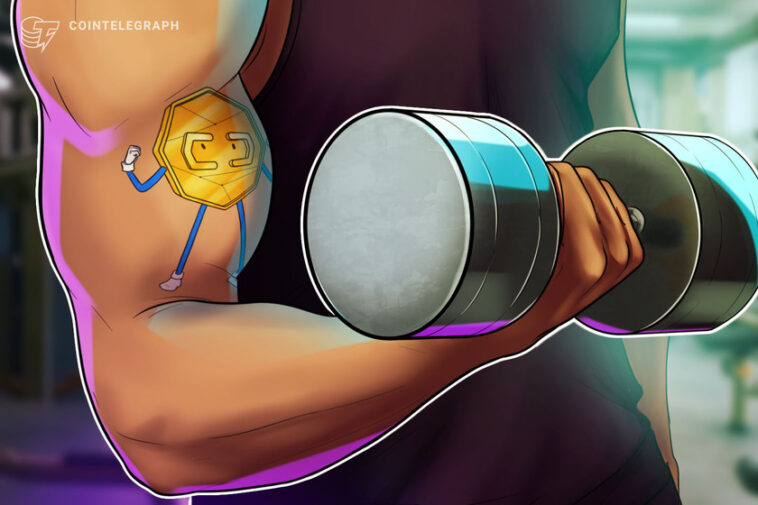Linear’s launch on Binance Smart Chain adds interoperability options to the network and may draw new users looking to escape Ethereum’s high gas fees.
This week Linear Finance (LINA) emerged as a viable competitor to Ethereum-based projects in the DeFi sector that find themselves hampered by congestion and high transaction costs.
Data from Cointelegraph Markets and TradingView shows that on Jan.13 LINA was trading for $0.0135 with a 24-hour trading volume of $2.3 million. Since that time its price increased by 750% to an all-time high of $0.10 on Feb.12.
Originally an ERC-20 based project, LINA transitioned to the Binance Smart Chain in mid-January ahead of its mainnet launch on Jan.28.
On the same day of the mainnet launch, the team also released Linear Exchange to further establish itself as an all-encompassing decentralized finance protocol. Following its release, the price of LINA increased from $0.034 on Jan.29 to 0.082 on Feb.8, boosted by a record $1.56 billion in 24-hour trading volume.
Partnerships and exchange integrations boost LINA price
A scroll through the project’s Twitter feed points to a growing list of partners and exchange integrations that have accompanied the increase in token value and trading volume. The Linear platform is currently integrated with Band Protocol (BAND), which supplies price oracles for all assets helping to create a reliable synthetic asset trading experience.
Through these integrations, all assets built on the exchange are able to be swapped to ERC-20 tokens, enabling users to access both BSC and Ethereum-based DeFi ecosystems with ease utilizing the Linear Swap functionality.
As DeFi continues to expand and projects built on different blockchain platforms gain traction, interoperability will become increasingly important for the ecosystem as a whole.





 BTC-USD
BTC-USD  ETH-USD
ETH-USD  LTC-USD
LTC-USD  XRP-USD
XRP-USD